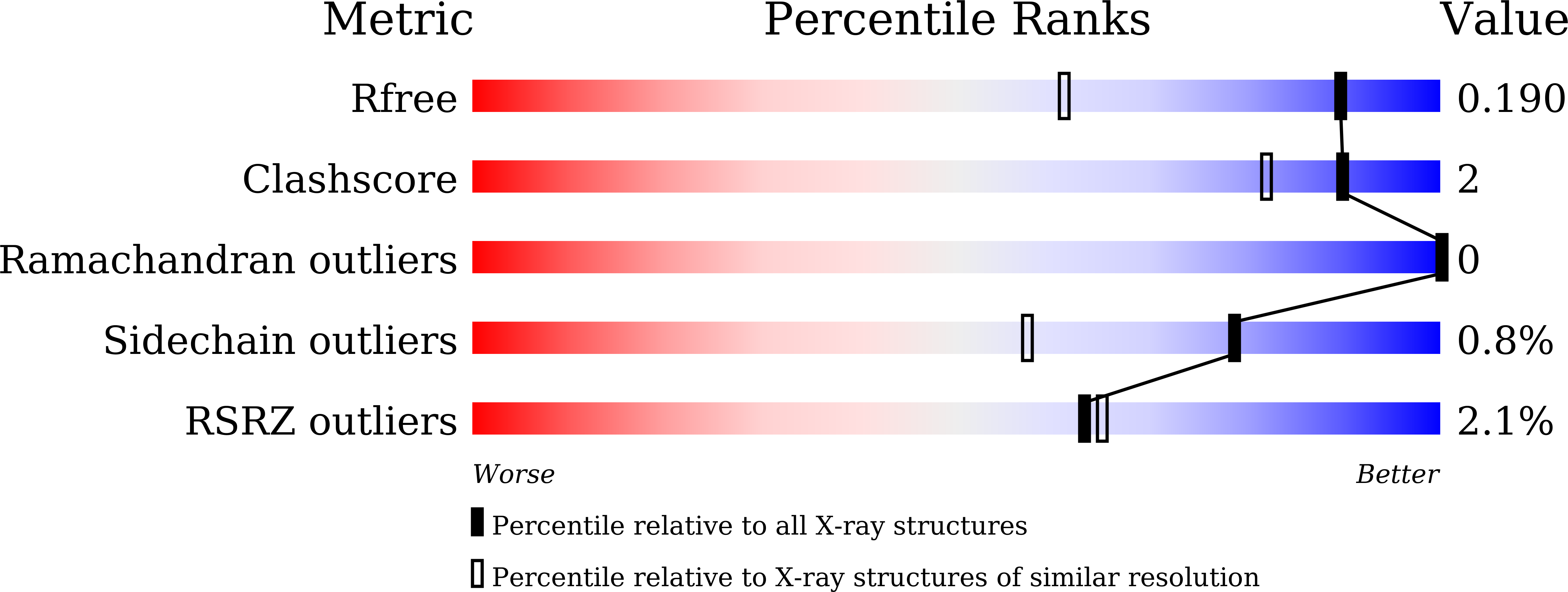
Deposition Date
2024-03-12
Release Date
2024-12-11
Last Version Date
2024-12-11
Entry Detail
PDB ID:
8YNV
Keywords:
Title:
Poly(3-hydroxybutyrate) depolymerase PhaZ from Bacillus thuringiensis
Biological Source:
Source Organism:
Bacillus thuringiensis (Taxon ID: 1428)
Host Organism:
Method Details:
Experimental Method:
Resolution:
1.42 Å
R-Value Free:
0.18
R-Value Work:
0.16
R-Value Observed:
0.16
Space Group:
P 1


